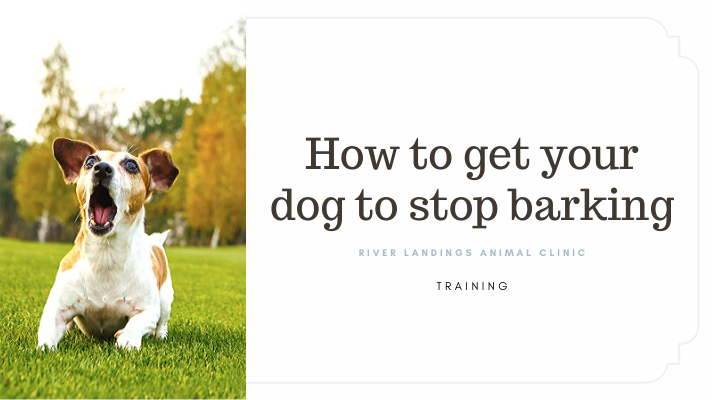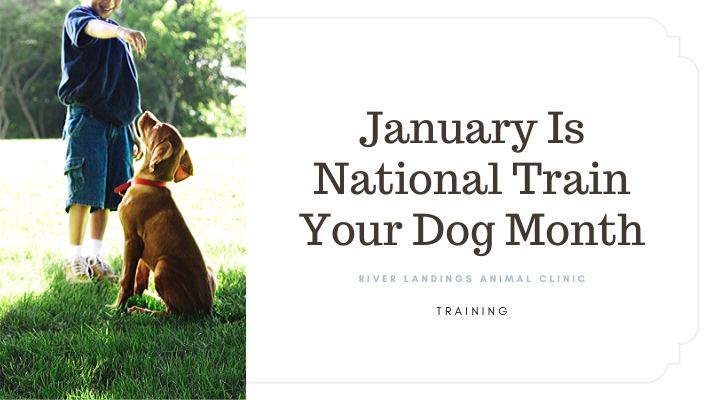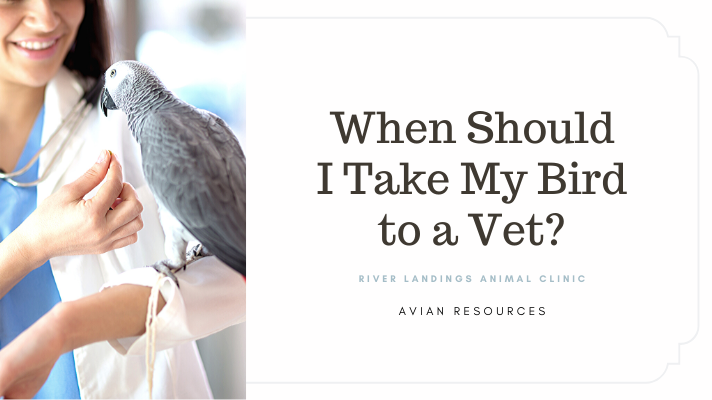Six ways to control your dog's barking
Here are six ways that can help stop your dog from barking. While all of them can be very successful, do not expect results overnight. The longer your dog has been an excessive barker, the longer it will take for them to change their ways.
Some of these training techniques require you to have an idea as to why your dog barks.
Don't yell at your dog to be quiet—it just sounds like you're barking along with them. Then it just becomes a challenge for them.
Keep your training sessions positive and upbeat.
Be consistent so you don't confuse your dog. Everyone in your family must apply the training methods every time your dog barks inappropriately. You can't let your dog get away with inappropriate barking some times and not others.
Remove the motivation
Your dog gets some kind of reward when he barks. Otherwise, they wouldn't do it. Figure out what your dog gets out of barking and remove it. Don't give your dog the opportunity to continue the barking behavior.
For example: Barking at passersby
If they bark at people or animals passing by the living room window, manage their behavior by closing the curtains or putting your dog in another room.
If they bark at passersby when in the yard, bring them into the house. Never leave your dog outside unsupervised all day and night.
Ignore the barking
Ignore your dog's barking for as long as it takes them to stop. That means don't give them any attention at all while barking. Your attention only rewards them for being noisy. Don't talk to them, don't touch them, and don't even look at them. When they finally quiet down, even to take a breath, reward them with a treat.
To be successful with this method, you must wait as long as it takes for them to stop barking. If they bark for an hour and you finally get so frustrated that you yell at them to be quiet, the next time they will probably bark for an hour and a half. They learn that if they bark long enough you'll give them attention.
Example: Barking when confined
When you put your dog in their crate or in a gated room, turn your back and ignore them.
Once they stop barking, turn around, praise them, and give them a treat.
As they catch on that being quiet gets them a treat, lengthen the amount of time they must remain quiet before being rewarded.
Remember to start small by rewarding them for being quiet for just a few seconds, then working up to longer periods of quiet.
Keep it fun by varying the amount of time. Sometimes reward them after 5 seconds, then 12 seconds, then 3 seconds, then 20 seconds, and so on.
Desensitize your dog to the stimulus
Gradually get your dog accustomed to whatever is causing them to bark. Start with the stimulus (the thing that makes them bark) at a distance. It must be far enough away that they don't bark when they see it. Feed them lots of good treats. Move the stimulus a little closer (perhaps as little as a few inches or a few feet to start) and feed treats. If the stimulus moves out of sight, stop giving your dog treats. You want your dog to learn that the appearance of the stimulus leads to good things (treats!).
Example: Barking at dogs
Have a friend with a dog stand out of sight or far enough away so your dog won't bark at the other dog.
As your friend and their dog comes into view, start feeding your dog lots of very delicious treats.
Stop feeding treats as soon as your friend and their dog disappear from view.
Repeat the process multiple times.
Remember not to try to progress too quickly as it may take days or weeks before your dog can pay attention to you and the treats without barking at the other dog.
Teach your dog the "quiet" command
It may sound nonsensical, but the first step of this technique is to teach your dog to bark on command. Give your dog the command to "speak," wait for them to bark two or three times, and then stick a tasty treat in front of their nose. When they stop barking to sniff the treat, praise them and give them the treat. Repeat until they start barking as soon as you say "speak."
Once your dog can reliably bark on command, teach them the "quiet" command. In a calm environment with no distractions, tell them to "speak." When he starts barking, say "quiet" and stick a treat in front of his nose. Praise them for being quiet and give them the treat.
Example: Someone at the door
When the doorbell rings, your dog alerts you to the presence of an "intruder" by barking wildly.
Once you've taught your dog the "quiet" command in a calm environment, practice in increasingly distracting situations until your dog can immediately stop barking when asked to, even when that "intruder" arrives at the door.
Ask your dog for an incompatible behavior
When your dog starts barking, ask him to do something that's incompatible with barking. Teaching your dog to react to barking stimuli with something that inhibits them from barking, such as lying down in their bed.
Example: Someone at the door
Toss a treat on their mat and tell him to "go to your place."
When they are reliably going to their mat to earn a treat, up the ante by opening the door while they are on their mat. If they get up, close the door immediately.
Repeat until they stay on their mat while the door opens.
Then increase the difficulty by having someone ring the doorbell while your dog is on their mat. Reward them if they stay in place.
Keep your dog tired
Make sure your dog is getting sufficient physical and mental exercise every day. A tired dog is a good dog and one who is less likely to bark from boredom or frustration. Depending on their breed, age, and health, your dog may require several long walks as well as a good game of chasing the ball and playing with some interactive toys.
Hear From Us Again
Don't forget to subscribe to our email newsletter for more recipes, articles, and clinic updates delivered to your inbox (here). Or, you can keep up to date by liking and following our Facebook page (here).
Related: We have more information under our dog health tag.










